First Day of Issue 18 April 1957 for 175 birthday of Friedrich Frobel. Graphic designer: Bengs
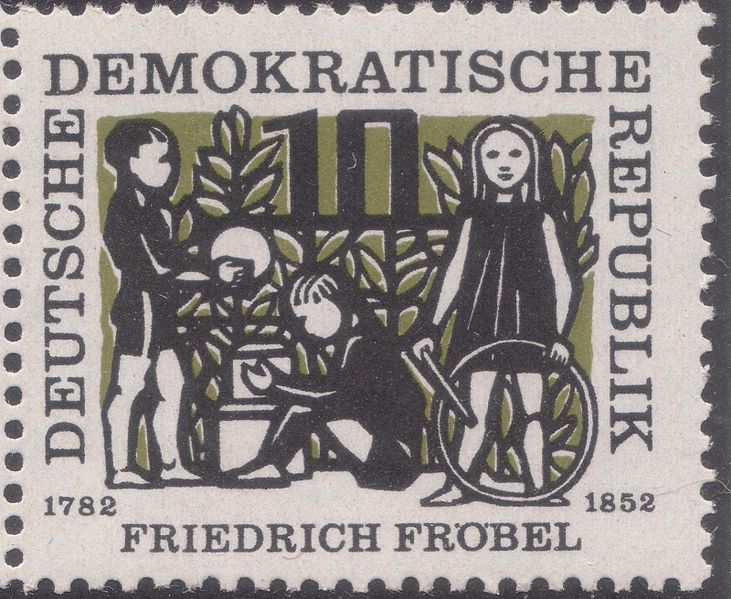
nurturing children to be inquisitive and open to the world
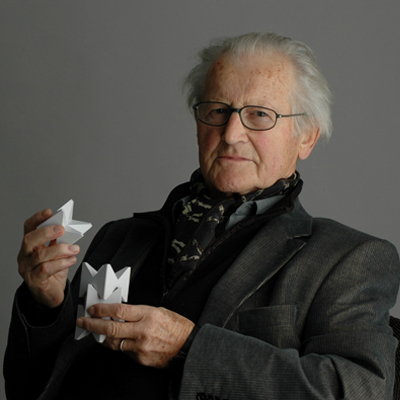
Each with eight angled “teeth”, building bricks can be wedged together to form staggered constructions such as bridges and towers, which can be built even wider at the top than at the base.
As very sophisticated constructions are possible, the creativity of each child is constantly stimulated.
Floral designer Marco Appelfeller and photographer Hing Ang team up to create a floral universe beyond dreams.
Stories from Greek mythology, fairy tales by Hans Christian Andersen, the Brothers Grimm and other classics are brought to life in a magical fantasy world of flowers.
Flora Mythica is a masterpiece testifying of craftsmanship and creativity. Text in English and German.

An ancient Breton myth of an island, which sank into the sea and rose out of the water on clear mornings, inspired this prelude by Claude Debussy.
Ian Barton Stewart plays this prelude with a selection of his paintings connected with water and the sea, which he has chosen to resonate with the music.
A remarkable, rammed earth building in the Pilbara region of Western Australia has been judged by architectural pundits around the world as one of the best new buildings on the planet.
The Great Wall of Western Australia encloses twelve earth covered residences, created to provide short term accommodation for a cattle station during mustering season.
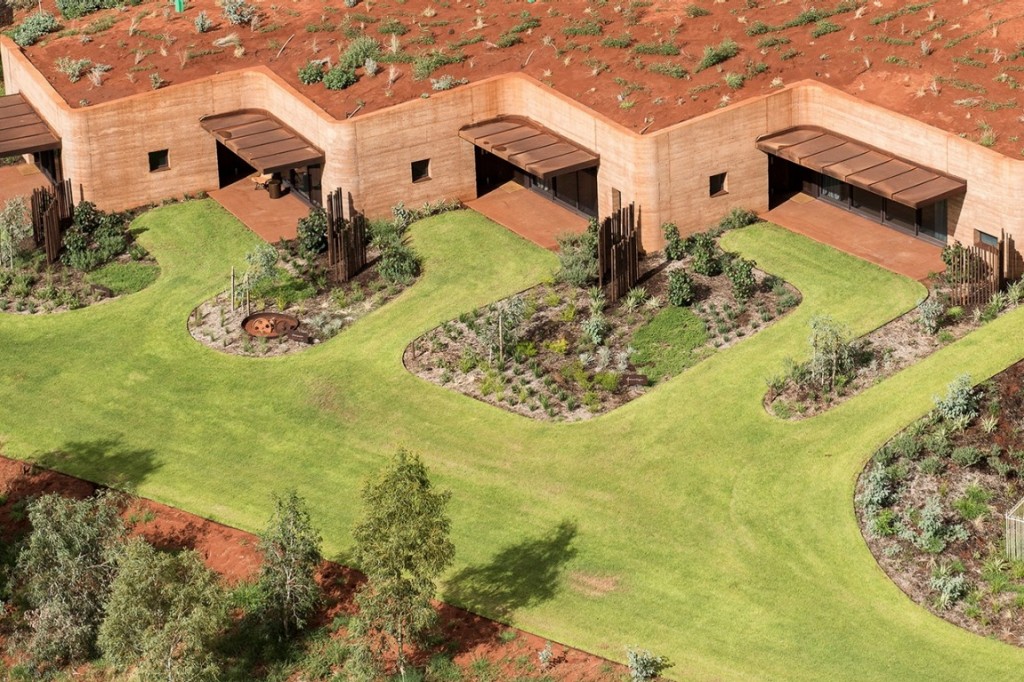
The design represents a new approach to remote North Western Australia architecture, moving away from the sun baked, corrugated metal shelters to naturally cooled architectural earth formations. The walls have the characteristic of being partially porous to absorb and release humidity.
“The evaporation of water out of the walls keeps the walls cool and lowers the overall temperatures.”
Rammed earth derived from a local clay pan, from gravel and water from the nearby river, kept it an inexpensive building, that does not require maintenance, termite control or painting.
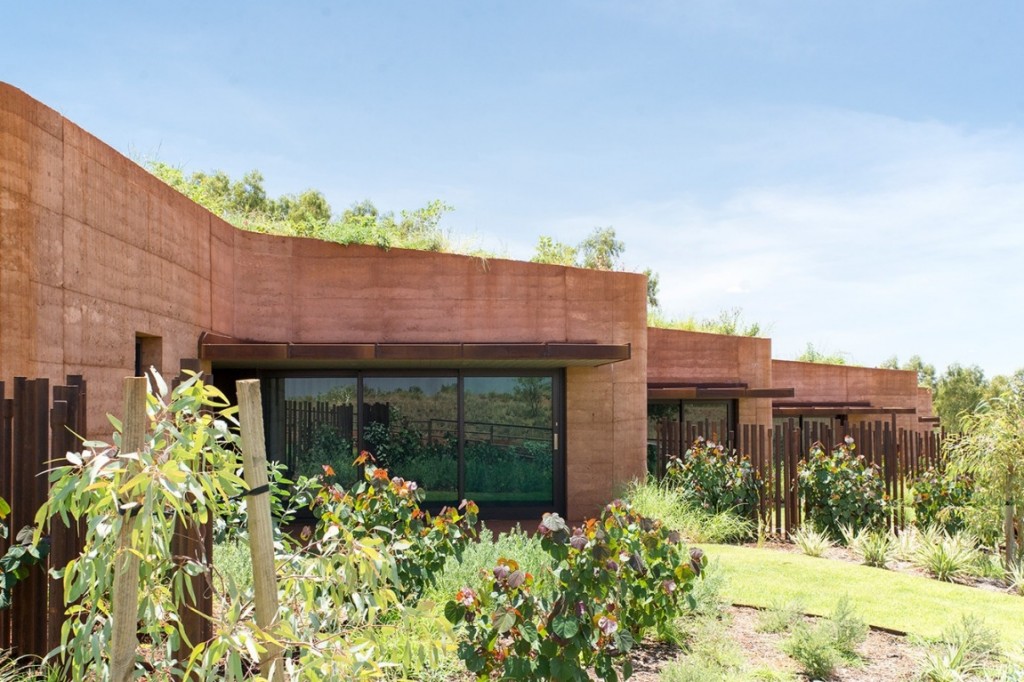
A reflective place from where you can see the ghost gums and the river and the very spiritual landscape of this part of the country.
Isamu Noguchi (1904-1988) was a visionary sculptor and landscape garden designer whose innovative playgrounds and playground equipment designs are a fusion of earth sculpture and interactive play.
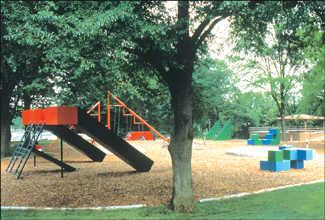
“I think of playgrounds as a primer of shapes and functions; simple, mysterious, and evocative; thus educational.” Isamu Noguchi
The Isamu Noguchi Garden Museum has reopened in New York after a renovation. Noguchi viewed the earth itself as the original sculpture medium. He felt that the ground embodies the spirit of creativity that inspired early humans and suggested a way for them to get control of their spiritual existence, to arrange your inner landscape you must sculpt your outer landscape.
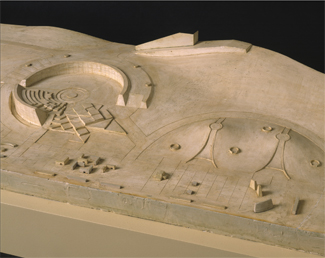
Many distinguished educators, child welfare specialists and civic groups had seen the model for the United Nations Playground had hailed it as the only creative step made in the field in decades.

His last playground design in New York City’s Riverside Park was the fullest evocation of a playground as an art form, an inviting creative play space that would provide not just interactivity but beauty and a place to sit for people of all ages.
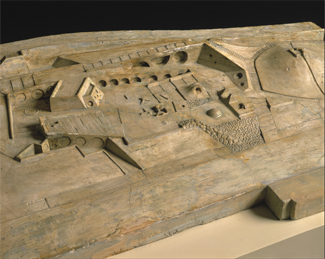
Emma Bridgewater designed this Ladybirds pattern especially for East Anglia’s Children’s Hospices, which supports families and cares for children and young people with life threatening conditions across Cambridgeshire, Norfolk, Suffolk and Essex. For every one of these sets of two mugs sold, £10 will be donated to build a new children’s hospice for Norfolk.
Source: EACH Special Set of 2 Mugs
This Baby Mug makes a lovely present for a child, and for every one sold, £5 will be donated to build a new children’s hospice for Norfolk.
Source: EACH Special Ladybirds Baby Mug
A new tree in the palace gardens of Saalfeld has been chosen to continue the tradition. On the weekend before Easter the new tree will be decorated and visitors can also bring own personalized Easter eggs.
In 1965 Volker Kraft decorated a young apple tree in the garden with 18 colorful easter eggs for his children. As the apple tree grew, the number of eggs grew. The family in Saalfeld adorned the apple tree with beautifully painted, crocheted and decorated eggs.
The tradition of decorating trees and bushes with Easter eggs is known as the Ostereierbaum.
Source: Bürger und Vereine wollen Ostereierbaum-Tradition in Saalfeld fortführen
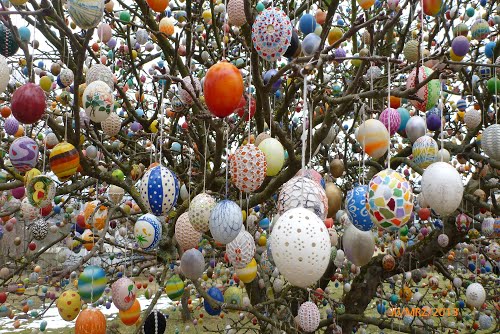
Bringing together older people and hen keeping to combat loneliness and improve wellbeing.
“At any age you need to feel like you are contributing and feel valued.”
HenPower aims to:
◾Empower older people to build positive relationships through hen-keeping with improved wellbeing, reduced loneliness and reduced depression
◾Help care settings offer relationship centred care meeting older people’s needs and embrace ‘living with care’ as opposed to ‘caring for’
◾Create lasting change by supporting older people in care settings to get involved with schools, festivals and community events
◾Support Resident and Relative Committees within care settings to be aspirational and provide meaningful activities which embrace creative ageing
◾Provide social care staff with excellent skill transfer and professional development opportunities.
Equal Arts, a leading creative ageing charity providing arts and creative activities for older people.
Equal Arts was founded 30 years ago to bring music, painting and other art forms into the lives of elderly people.
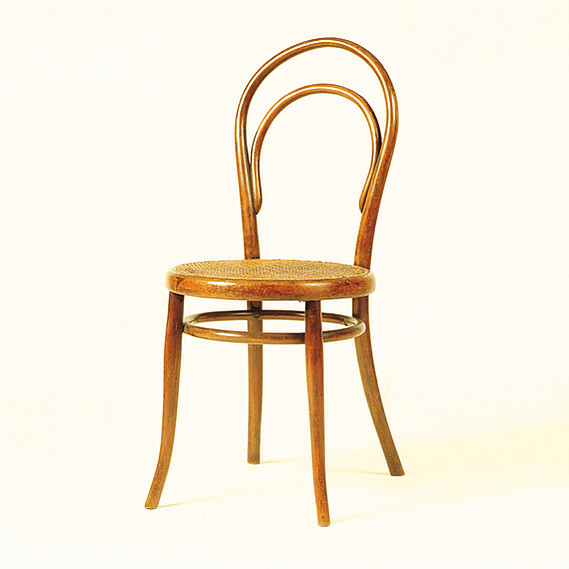
The first piece of furniture to be both attractive and inexpensive enough to appeal to everyone from aristocrats to schoolteachers. Brahms sat on one to play his piano, and millions of us have perched comfortably on them in cafés.
“One of the most beautiful chairs. It has exactly the right weight. When you pick it up, it feels perfect, an important aspect of chair design that is often overlooked.”
One of the most successful products in the history of industrial mass production, it established the international reputation of the Thonet Company. By 1930 over 50 million chairs had been sold.
“It has the freshness of a new product, because it has never been bettered.”
Michael Thonet is recognized as the founder of industrial bentwood processing. Efficient methods of manufacturing, a reduction in the individual parts of a chair, and finally the development of its own distribution network via sales offices in all major cities around the globe enabled Thonet to develop into an international company.
Michael Thonet developed a procedure of bending solid wood with steam, replacing the glued peg jointing with screws. Model No. 14 was the first product utilizing this new bentwood technique. The screwed connections meant it was now possible to ship the chairs in their individual parts for final assembly at their destination. Thirty six dismantled No. 14 chairs could be packed into a crate with a volume of only one cubic meter. Since the connections could be retightened as necessary, the lifespan of the chair was also enhanced as an added benefit.
It improves with age.
“As the screws and glue loosen, the structure becomes softer. It seems safer and more comfortable to sit in as it ages.”